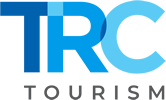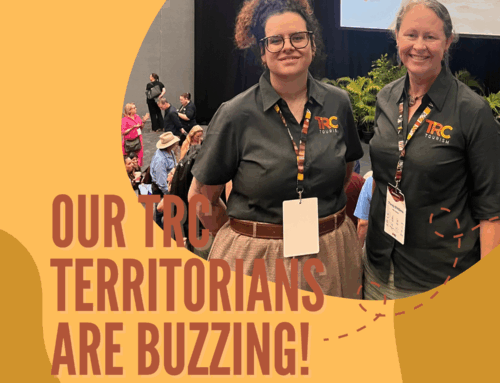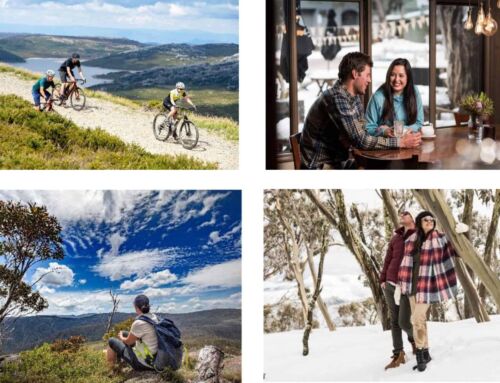Councils across New Zealand hold responsibility for a range of cultural, natural and historical facilities on behalf of ratepayers. These include historic buildings and sites, museums, gardens, parks, tracks and trails. Many of these assets have the potential to appeal to visitors as well as local residents.
TRC Tourism has been working with councils and Trusts across Australasia to optimise these assets to provide an improved user experience, providing additional financial, social, cultural, and environmental benefits. An example of this work is included in the project summaries below.
This has included, but is not limited to:
- Governance and Management models (eg Trust, lease, partnership/s, direct council management and operation, council controlled company)
- Funding, revenue generating options, and partnerships (with other government agencies, private sector, and not for profits)
- Assessing market potential
- Building value into non chargeable sites and places (eg through private sector concessions)
- Experience development (developing and interpreting the story, incorporating digital technology, partnerships with the arts sector, concessions for tours, events, food and beverage etc)
- Packaging with complementary attractions and services to add value
- Development of decision-making frameworks
- Visitor management models.
If your district, city, or region could benefit from assessing the future use of one or more of your natural or cultural assets, then please contact one of the team at TRC Tourism to discuss the options available.
A few examples of work of this nature are included below:
- Kāpiti Island Gateway Feasibility, Kāpiti Coast District Council
- Jondaryan Woolshed Operating Model Options Analysis, Toowoomba Regional Council Australia
- Brook Waimarama Sanctuary Visitor Experience Strategy for the Brook Waimarama Sanctuary Trust, owned by the Nelson City Council
- Sunshine Coast Nature Based Recreation Study for the Sunshine Coast Council (QLD, Australia)






